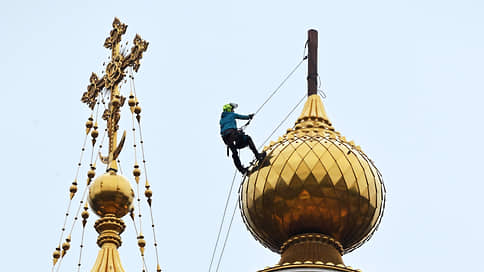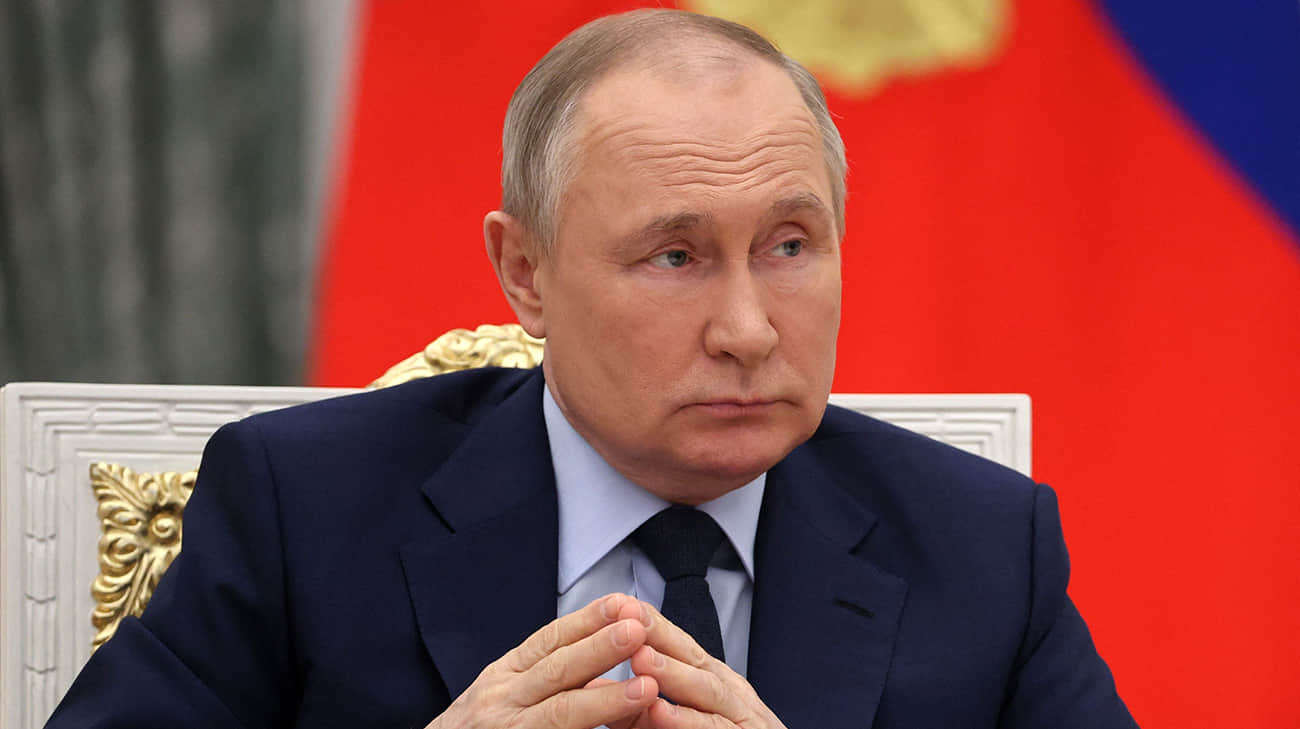At the Olympics-2028 athletes will be more athletes than athletes

Leaving the presidency of the International Olympic Committee (IOC) Thomas Bach and the preparing to change it in this position, the kiersty Koventry achieved the implementation of one of the most noticeable tasks facing the IOC. The next summer Olympics-in 2028 in Los Angeles-will be the first to exceed the number of athletes. True, the proportion of male competitions on it will still be slightly higher if it is measured by the number of rewards played. The structure was exceeded by the “gender parity”, due to primarily the enlargement of the scale of women’s tournaments in game sports, such as football.
The International Olympic Committee held the first meeting of the executive committee after the elections of the new president of the structure on March 20. It was chaired by two functionaries at once. One is the Kovani Khwandri Kirsti, the second, who leaves the key post in the IOC, is the second one: being considered a “preferred” candidate for Mr. Bach, she won the March elections and will officially take office in June. And the most vivid news related to the executive committee was the one that means the implementation of an idea to which both presidents are not indifferent.
She had to be presented to the sports director of the IOC Kita MacConnell. Talking about the features of the nearest summer Olympiad, which Los Angeles will accept in 2028, Mr. Makkonnell emphasized that the number of its participants will be equal to the number of participants in last year’s Paris Olympics-10,500, but their gender distribution will be slightly different. 5333 Quotes are reserved for women, 5167 – for men. Thus, the American Olympic Games will be the first to perform more athletes than athletes.
In fact, only three or four decades ago it looked like something absolutely unthinkable. Women with great difficulty sought at least more or less significant representation at the Olympiads. The founder of the modern Olympic movement, Pierre de Cuberten, publicly objected to him, considering female competitions « impractical, uninteresting and unaesthetic. » The first Olympic Games – in 1896 in Athens – did without them at all.
Then the women were allowed to the Olympiads, but until the 1950s, their share did not exceed 10%, and then grew up with an extremely slow pace (see table). Something like a breakthrough happened only in the 1970s, and at the turn of the century even the inclusion of female competitions in the Olympic program for those considered “traditionally male” species, such as heavy athletics or boxing, began to be normally perceived. However, by the time, when in 2013, Thomas Bach took the presidential post in the IOC, the share of women at the Olympiads was still quite significantly lower than 50 percent.
The task of achieving a complete “gender parity” appeared as one of the main in the strategic document of Thomas Bach-Agenda-2020. And Kirsti Kovcheni, who led the IOC athletes, after the end of the sports career, along which, floating on their backs, won two golden Olympic medals, included it in the list and its own priorities. The structure reported on the achievement of such parity before the Paris Olympics. However, according to a number of sources, such as AP, women among its participants turned out to be a little less than men. The proportion of “50 to 50” was announced for the next Winter Olympiad: it will be held in February 2026 in Italian Milan and Cortina-D’Ampezzo.
The statement of Keith MacConnella was preceded by a number of studies illustrating the rapid growth of the demand for women’s sports, say, PWC and Deloitte. The latter in March predicted that in 2025 the total income of the women’s professional sports industry will reach $ 2.35 billion. This is much more than 2024 – $ 1.88 billion. True, it must be taken into account that as long as all women’s sport generates, three top male football clubs are obtained over the year, and women over men at the Olympics in the Olympics in the Olympics in the Olympics in the Olympics. Los Angeles is still quite controversial, no matter how beautiful the numbers presented by the IOC look.
In reality, the share of the gender category is more correct to measure not by the number of athletes, but by the number of competitions and, accordingly, the number of rewards played.
The program of the Olympiad in Los Angeles provides 351 (22 more than it was in Paris). The female among these competitions is 161, and the male is 165. Another 25 are mixed, for teams or duets formed from representatives of both sexes – this format of the IOC promotes especially energetically in the current decade, integrating it into various disciplines.
The numerical superiority of women has matured mainly due to the addition of their boxing tournament (in Paris, it was remembered thanks to scandals with victories that have not passed the gender tests of the International Boxing Association (IBA) of the Algerian and Taiwanese athletes-Iman Helif and Lin Yuitin) additional, seventh, weight category, as well as the expansion of two women’s tournaments by game species. In the water polo there will be 12 teams instead of ten, in football – 16 instead of 12. Only these adjustments added several dozen athletes to the Olympics. Moreover, in the case of football, they added by simultaneously reducing several tens of athletes by several dozen: in the men’s tournament, on the contrary, the list of participants decreased from 16 to 12 teams.
However, a step developed by Keat MacConnell “in close contact” with the International Football Federation (FIFA) said to such a step, the IOC, apparently, decided with a light heart. The species that FIFA controls is superkhit always and everywhere, with the exception of just Olympiads. In the men’s tournament, they are, in fact, youth teams from players under 23, and they do not attract such attention as “real” ones. Women’s football in the USA, where the following games will be held, are much more popular than in other countries, and the local national team is the winner of the gold of the Paris Olympiad.








